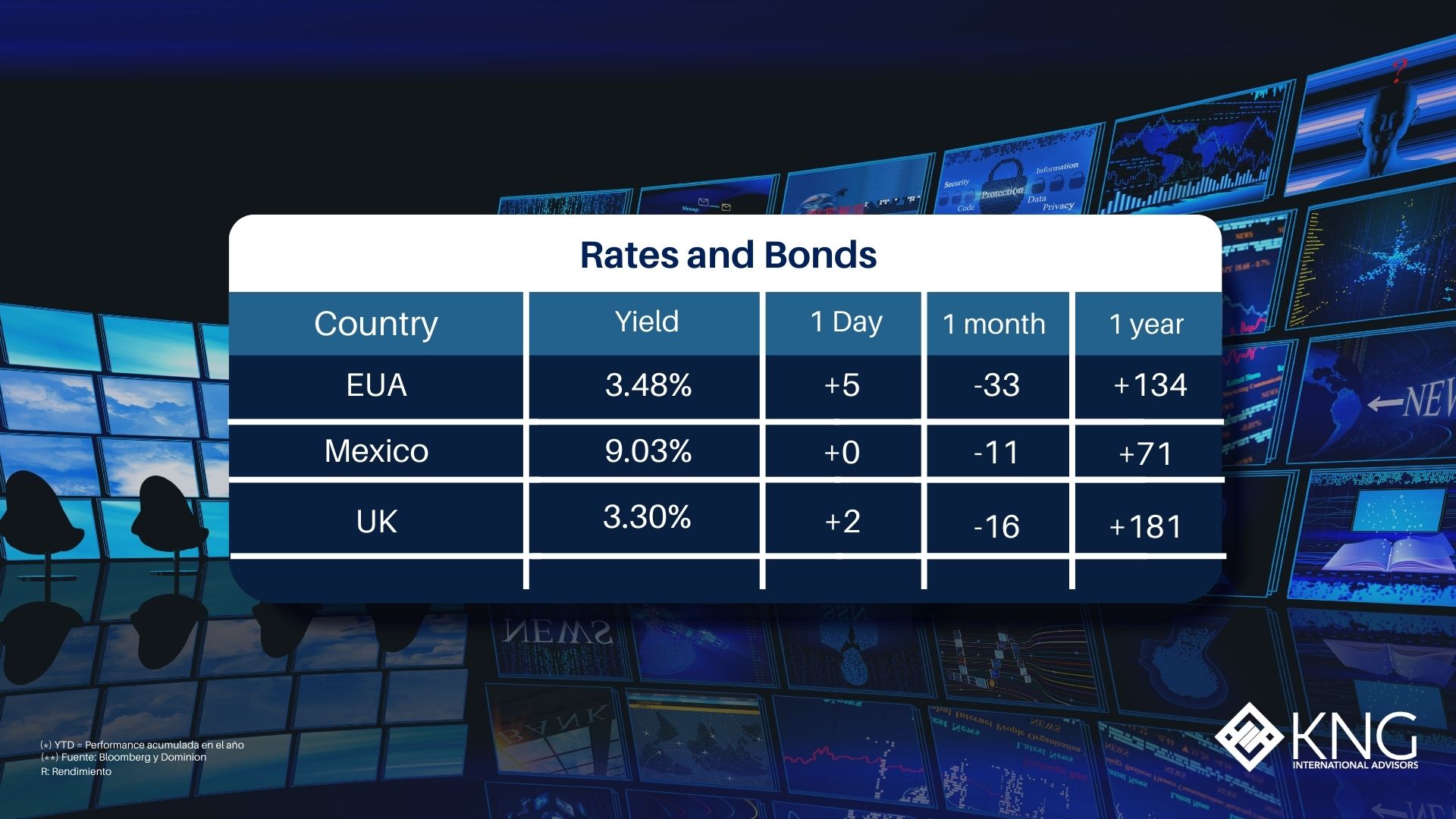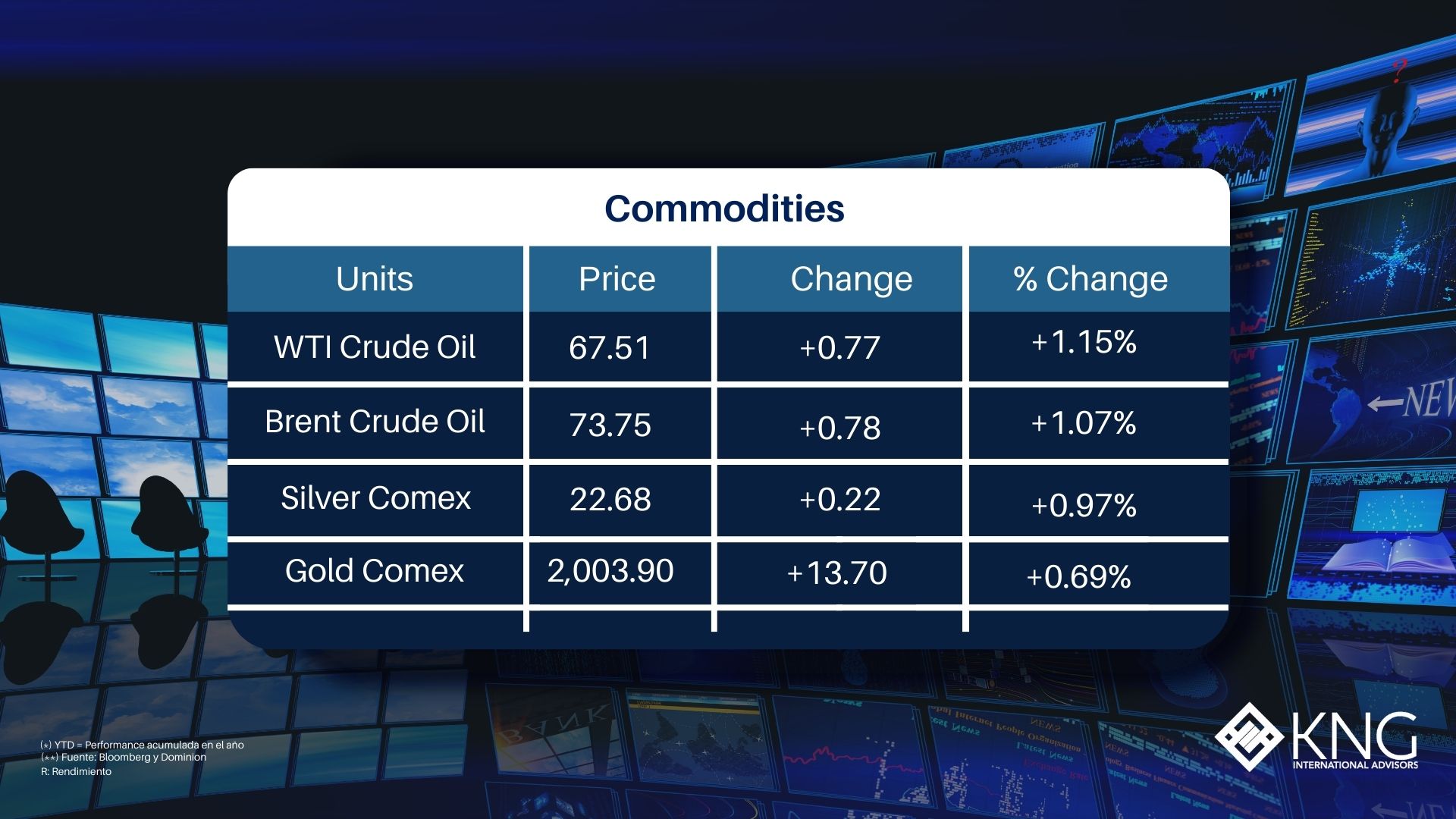Tuesday 21st of March 2023
Listen to this financial market update by playing this audio...




What’s going on…. and what should investors do?
In last week’s episode titled ‘Are We There Yet?’, we discussed the issue of interest rate rises and specifically, whether interest rates have risen enough to slow the economy down and bring inflation under control.
We ended the episode by giving examples of the signals investors might expect to see which would indicate financial conditions are close to that point of sufficient tightening, the main example being high profile companies unexpectedly getting into major trouble.
Although we were predicting this would happen at some point in 2023, we did not expect this to happen so quickly!
The past week has seen high profile banks in the United States and Europe, most notably SVB and Credit Suisse, come under major selling pressure and require central bank bail-outs. Many other banks have seen considerable declines in share prices as questions have been raised about the strength of their balance sheets too.
What has surprised markets is how quickly this has all happened. The dramatic events impacting the banking sector of the past week are, we would argue, a classic example of what we were talking about last week. Unexpected and high-profile business failures are a major signal that financial conditions have tightened substantially.
Let’s dig a little into the current crisis in the banking industry and explain what we think is going on.
The ultra-low interest rates of the past decade and major stimulus measures of the COVID pandemic led to a big increase in cash deposits at banks in the United States and Europe. Smaller banks like SVB in the US, with less sophisticated risk management structures and less stringent regulatory oversight, were using some of these deposits to earn income by lending out money. This is how banking works, at a very basic level. You take in deposits and pay interest out to depositors, then you lend those deposits out at a higher interest rate, and keep the difference.
The very sudden increase in interest rates in the US over the past 12 months, as part of the Federal Reserve’s fight against inflation, created a major problem for banks like SVB. The interest they were paying out to depositors had to keep rising to compete with rising rates available on deposits at other banks, meanwhile the interest they were earning on the money they had leant out was not going up as quickly, significantly reducing the profitability of the bank. As more depositors started to move their cash away from SVB to find higher rates elsewhere, rumours about the viability of the bank started to go mainstream, encouraging more SVB depositors to withdraw their cash deposits. This was an old-fashioned bank run!
The Federal Reserve last week intervened and created a new facility where it effectively is promising to underwrite all cash deposits (of any size) at every US bank. This is a major intervention and appears to have calmed some of concerns that were being raised about other banks who may have similar balance sheet exposures as SVB.
This story is far from over and we may see more unexpected revelations from banks in the coming weeks and months.
The next question is, what should investors do about this risk?
We do not think, and this is really important, that we are likely to see a banking crisis like in 2008. That was a credit driven event which put the stability of the entire global financial system on the line. Major banks today in Europe and North America are much better capitalised now than was the case back in 2007-2008. Even in the case of SVB, its assets on balance sheet were still large enough to have paid back 90-95% of all depositors cash, if the US central bank had not stepped in. The bank was in trouble, but nothing like the trouble banks were in 2008.
Investors should be careful not to panic and think we’re going to see a re-run of the last crisis. That is unlikely.
We see the recent selling in equity markets as an opportunity to incrementally add to high quality long-term investment names trading on reasonable valuations.
Most importantly, though, and again to return to our theme from last week’s episode, it is precisely these unexpected blow ups that signal to us as patient investors that we are likely entering the final phase of this bear market cycle. That could mean short-term volatility and some further price weakness, but it also means the eventual market lows could be here soon, which is an optimal time to aggressively buy risk assets. Not yet, but it’s coming.
We would like to thank Dominion Capital Strategies for writing this content and sharing it with us.
Sources: Bloomberg, Yahoo Finance, Marketwatch, MSCI.
Copyright © 2023 Dominion Capital Strategies, All rights reserved.
Disclaimer: The views expressed in this article are those of the author at the date of publication and not necessarily those of Dominion Capital Strategies Limited or its related companies. The content of this article is not intended as investment advice and will not be updated after publication. Images, video, quotations from literature and any such material which may be subject to copyright is reproduced in whole or in part in this article on the basis of Fair use as applied to news reporting and journalistic comment on events.